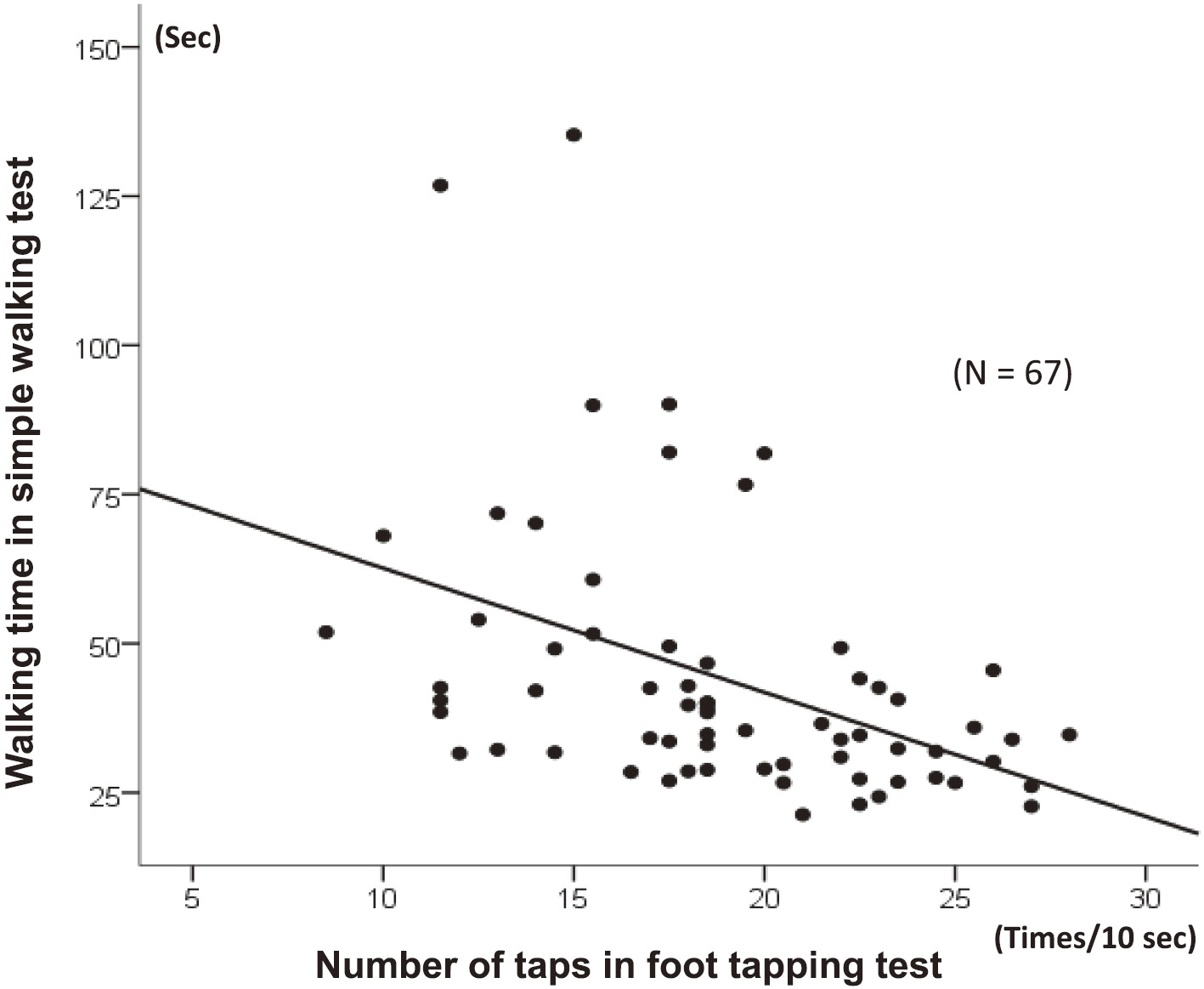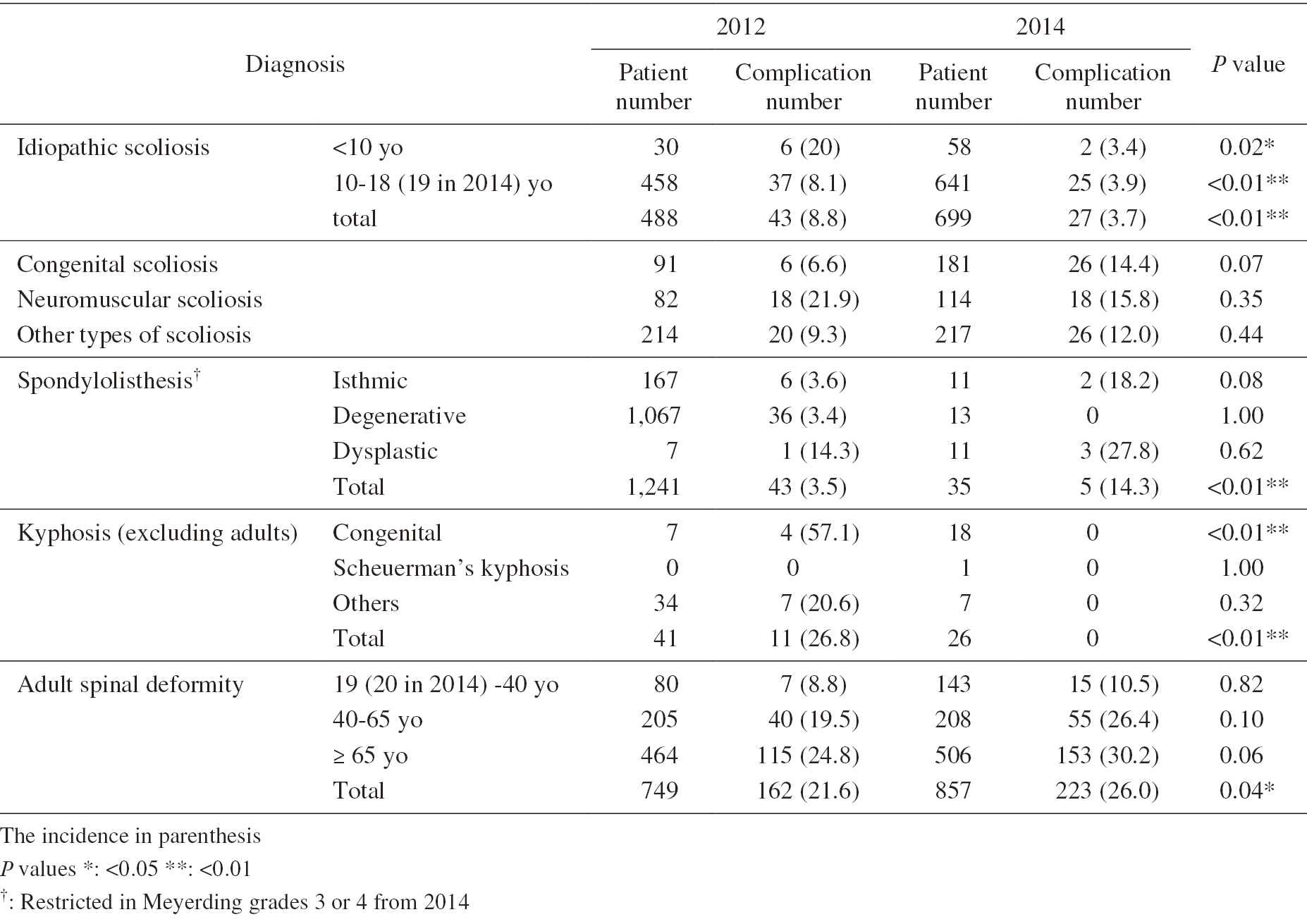3 巻, 3 号
選択された号の論文の13件中1~13を表示しています
- |<
- <
- 1
- >
- >|
REVIEW ARTICLE
-
2019 年 3 巻 3 号 p. 199-206
発行日: 2019/07/27
公開日: 2019/07/27
[早期公開] 公開日: 2018/10/10PDF形式でダウンロード (213K)
ORIGINAL ARTICLE
-
2019 年 3 巻 3 号 p. 207-213
発行日: 2019/07/27
公開日: 2019/07/27
[早期公開] 公開日: 2019/01/15PDF形式でダウンロード (317K) -
2019 年 3 巻 3 号 p. 214-221
発行日: 2019/07/27
公開日: 2019/07/27
[早期公開] 公開日: 2018/12/01PDF形式でダウンロード (79K) -
2019 年 3 巻 3 号 p. 222-228
発行日: 2019/07/27
公開日: 2019/07/27
[早期公開] 公開日: 2018/12/01PDF形式でダウンロード (622K) -
2019 年 3 巻 3 号 p. 229-235
発行日: 2019/07/27
公開日: 2019/07/27
[早期公開] 公開日: 2018/12/01PDF形式でダウンロード (342K) -
2019 年 3 巻 3 号 p. 236-243
発行日: 2019/07/27
公開日: 2019/07/27
[早期公開] 公開日: 2019/01/25PDF形式でダウンロード (751K) -
2019 年 3 巻 3 号 p. 244-248
発行日: 2019/07/27
公開日: 2019/07/27
[早期公開] 公開日: 2019/01/25PDF形式でダウンロード (328K) -
2019 年 3 巻 3 号 p. 249-254
発行日: 2019/07/27
公開日: 2019/07/27
[早期公開] 公開日: 2019/01/25PDF形式でダウンロード (354K) -
2019 年 3 巻 3 号 p. 255-260
発行日: 2019/07/27
公開日: 2019/07/27
[早期公開] 公開日: 2019/03/22PDF形式でダウンロード (126K) -
2019 年 3 巻 3 号 p. 261-266
発行日: 2019/07/27
公開日: 2019/07/27
[早期公開] 公開日: 2019/04/05PDF形式でダウンロード (1564K)
CASE REPORT
-
2019 年 3 巻 3 号 p. 267-269
発行日: 2019/07/27
公開日: 2019/07/27
[早期公開] 公開日: 2018/07/25PDF形式でダウンロード (343K)
CLINICAL CORRESPONDENCE
-
2019 年 3 巻 3 号 p. 270-273
発行日: 2019/07/27
公開日: 2019/07/27
[早期公開] 公開日: 2018/12/01PDF形式でダウンロード (308K) -
2019 年 3 巻 3 号 p. 274-276
発行日: 2019/07/27
公開日: 2019/07/27
[早期公開] 公開日: 2018/11/20PDF形式でダウンロード (554K)
- |<
- <
- 1
- >
- >|













